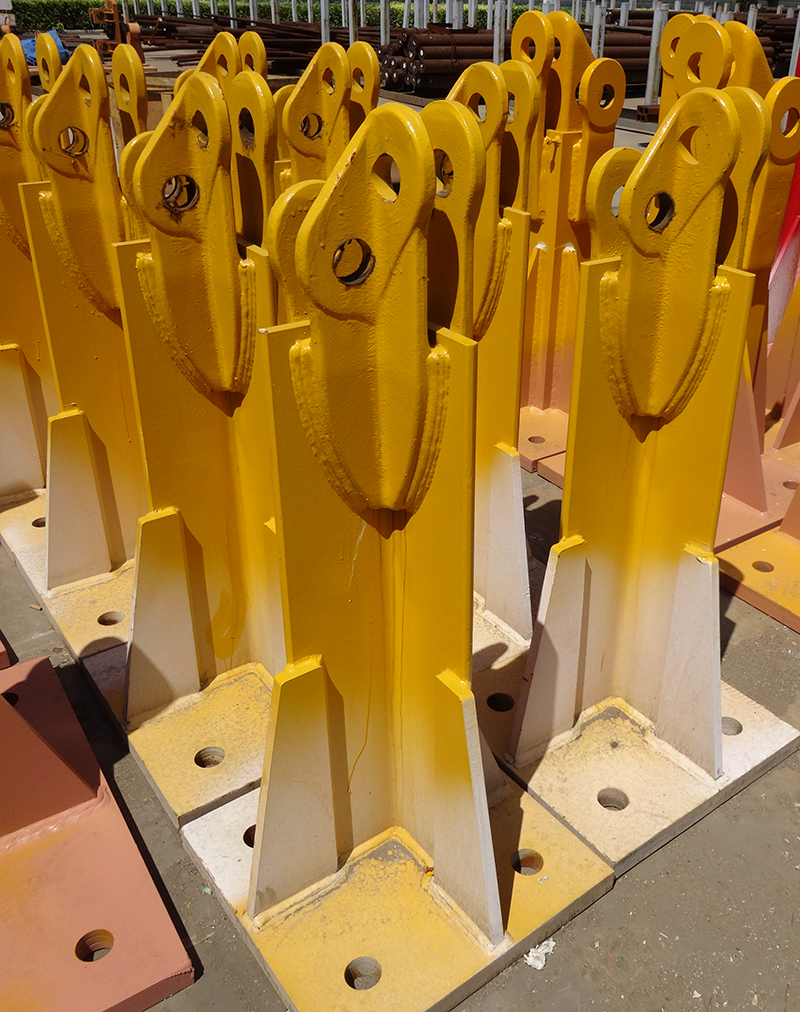One or five highly toxic pesticides are: methamidophos, parathion, methyl parathion, monocrotophos, and phosphoamine. Chemical names are: O,S-dimethylaminophosphorothioate, O, O-Diethyl-O-(4-nitrophenyl) phosphorothioate, O, O-dimethyl-O-(4-nitrophenyl) phosphorothioate, O, O-dimethylform -O-[1-Methyl-2-(methylcarbamoyl)]vinyl phosphate, O,O-dimethyl-O-[1-methyl-2-chloro-2-(2-diyl) Carbamoyl)] vinyl phosphates.
2. From the date of promulgation of this announcement, the pesticide registration certificate, production license, and production approval certificate for methamidophos, parathion, methyl parathion, monocrotophos, and phosphine will be abolished.
3. From the date of promulgation of this announcement, the production and circulation of methamidophos, parathion, methyl parathion, monocrotophos, and phosphamide in the country are prohibited.
4. The production enterprises that have signed an effective export contract before the date of this announcement are limited to fulfilling the contract and can continue production until December 31, 2008. Their production, export, etc. are in accordance with the Regulations on the Safety Management of Dangerous Chemicals and Chemicals. Regulations on the import and export of toxic chemicals for the first time) and other laws and regulations.
5. The use of methamidophos, parathion, methyl parathion, monocrotophos, and phosphine in the country, either alone or mixed with other substances, is prohibited from the date of this announcement.
6. The administrative departments at all levels of development and reform (economic and trade), agriculture, industry and commerce, quality supervision, inspection, environmental protection, and safety supervision shall strengthen the production, circulation, and use of pesticides in accordance with the provisions of the "Regulations on the Administration of Pesticides" and other relevant laws and regulations. Supervision and management. The illegal production, sales, use of methamidophos, parathion, methyl parathion, monocrotophos, and phosphine should be investigated and dealt with according to law.
National Development and Reform Commission Ministry of Agriculture Ministry of Industry and Commerce State Administration of Industry and Inspection and Quarantine State Environmental Protection Administration State Administration of Safety Supervision January 9, 2008
The fixing angle of a Tower Crane refers to the angle at which the crane is secured to its base or foundation. It is important to ensure that the crane is properly fixed at the correct angle to ensure stability and safety during operation.
The fixing angle of a tower crane is typically determined by the manufacturer and specified in the crane's operating manual. It is usually set at a specific angle to provide optimal stability and load capacity for the crane.
The fixing angle can be adjusted during the initial installation of the crane to ensure it is level and properly aligned. This is typically done using leveling jacks or other adjustable components at the base of the crane.
It is important to follow the manufacturer's guidelines and recommendations when setting the fixing angle of a tower crane to ensure safe and efficient operation. Improper fixing angle can lead to instability, tipping, or other safety hazards.
Tower crane fixing angle is connected between tower body and concrete foundation. Usually, the model of fixing angle is based on the tower crane Mast Section, such as 1.2m s24 mast section, 1.6m L46a1 mast section, 2.0m l68b2 mast section.

Fixing angle is used for connecting of tower crane foundation and tower crane body. Usually the fixing angle is fixed inside the concrete foundation. However, there is one type of tower crane fixing angle which is reusable type. The reusable type fixing angle could be removed from the foundation after tower crane disassembly.
Fixed Leg Fixing Angle,Reusable Fixing Angle,Tower Crane Fixing Angle,Tower Crane Reusable Fixing Angle,Foundation Anchor Fixing Angle
SHEN YANG BAOQUAN BUSINESS CO., LTD , https://www.sczenghui.com
![<?echo $_SERVER['SERVER_NAME'];?>](/template/twentyseventeen/skin/images/header.jpg)